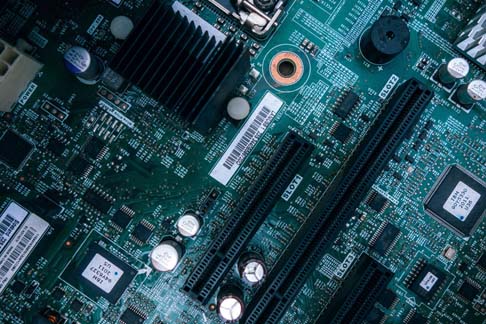By Tony Saldanha
Artificial Intelligence is a powerful tool, and early adopters have an important edge
Thomas Edison electrocuted Topsy, an elephant, at Coney Island on Jan 4, 1903. Topsy wasn’t the only animal that Edison dispatched. Several stray dogs and cats were among the many victims of an aggressive campaign by Edison to show that an emerging new technology called alternating current or AC (which was becoming more popular than Edison’s preferred standard of direct current or DC) was extremely dangerous.
OK, in case you’re still stuck at Topsy, she was condemned to die anyway for killing several handlers, which only slightly mitigates Edison’s inexcusable behavior.
Artificial Intelligence is today’s AC current in many ways. For one, it is an inevitable trend. It will become the foundation of several automation tools for generations. However, there is understandable concern about its negative consequences. But..
Debating whether AI is good or bad is among the worst possible courses of action
Given AI’s inevitable trend it’s unwise to waffle. For business and organizational leaders, engaging in conceptual debates on whether AI is good or bad; on whether it will kill jobs or destroy humanity is a waste because these promote indecision. Those debates must be handled by the right ethics, governance or futurist experts. The question for most leaders is what specific action they should take now, based on the admittedly incomplete information.
AI is “good enough” for a few specific uses. Learn where to apply these now.
Forward thinking leaders are focusing on what this evolving technology can do today. A quick scan of where AI startups are spending their time can provide a good indication of current AI possibilities. These tend to be in narrow “use cases”, not broad panacea solutions e.g. in helping you select the best profile of candidate for your job, but not to completely automate hiring.
Successful early adopters have a two-fold advantage. They get early benefits of the narrow use cases, but more importantly learn about what AI can and cannot do.
Here’s what you can do:
- Lean in with fast, inexpensive experiments:Estonia plans to use an artificial intelligence program to decide some small-claims judicial cases. The operative strategy is to use it for low-risk, simple, and small-claims type decisions. Using AI in government services “will allow us (humans) to specialize in something the machines can never do,” President Kersti Kaljulaid
- Look for use cases that complement skilled resources too. Instead of risking an emotional logjam, by taking on use cases for AI to replace humans, look for pragmatic cases for AI to complement human skills.
For his book Fear Machine, Chinese sci-fi writer Stanley Chen Qiufan used artificial intelligence – in the form of a text generator – to create some of the dialogue. He found it helpful in over-coming writers’ block and with other similar issues.
- Develop a strong understanding of future trends:
AI-based robots will increasingly become capable of doing complex tasks. The smart leader’s best strategy is to play on ‘when’ specific milestones will be reached; not ‘whether’.
The best strategy for leveraging an inevitable trend is to master the knowledge of what’s possible when. Smart learning and experimentation isn’t risk taking, it’s risk avoidance when done right.
Go forth and transform.
Tony Saldanha is president of Transformant, a consulting firm specializing in assisting organizations through digital transformations. During his 27-year career at Procter & Gamble, he ran both operations and digital transformation for the company’s famed global business services and IT organization in every region of the world, ending up as vice president of global business services. He is an advisor to boards and CEOs on digital transformation, a sought-after speaker, and a globally-awarded industry thought leader. Read his new book: Why Digital Transformations Fail: The Surprising Disciplines of How to Take Off and Stay Ahead









